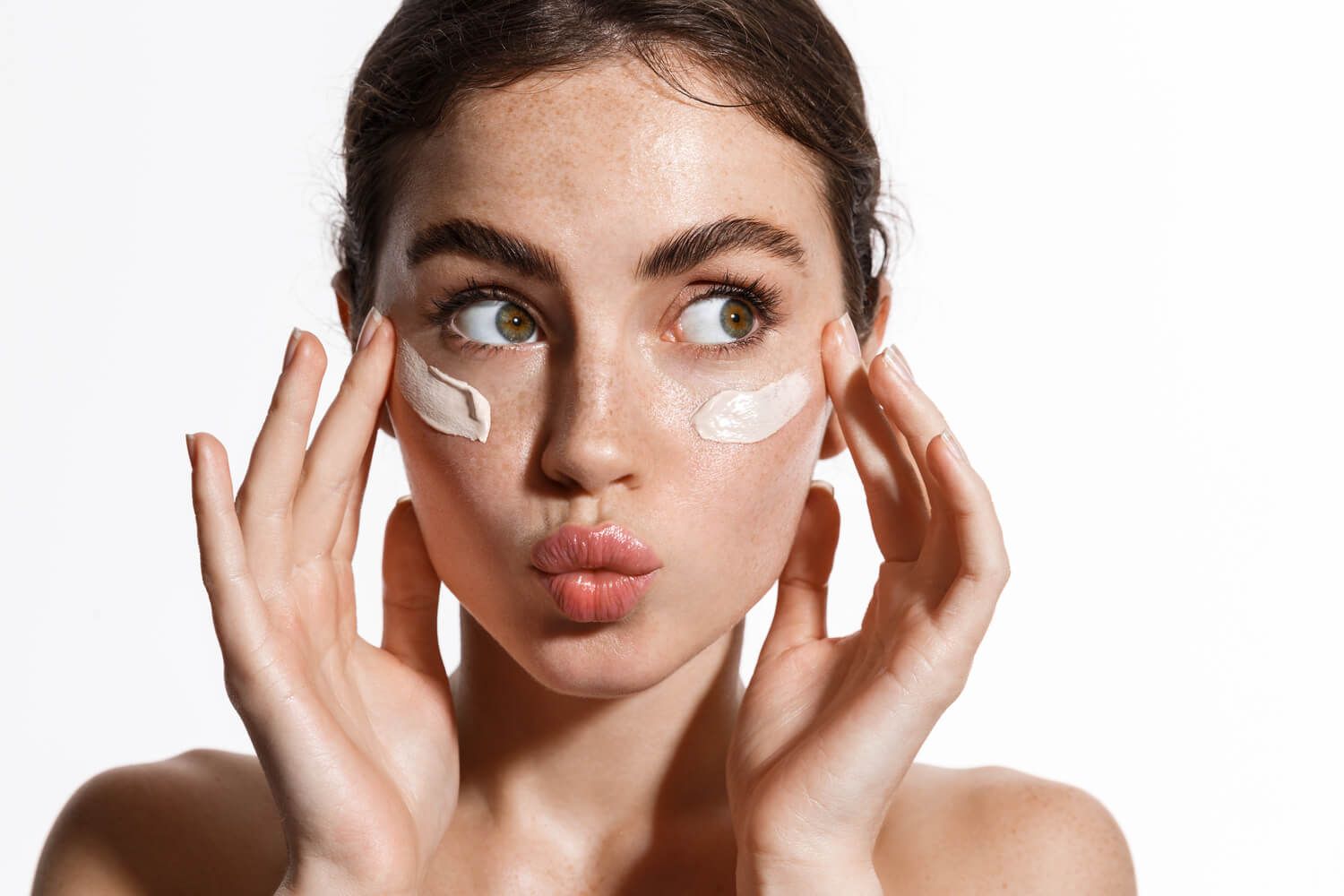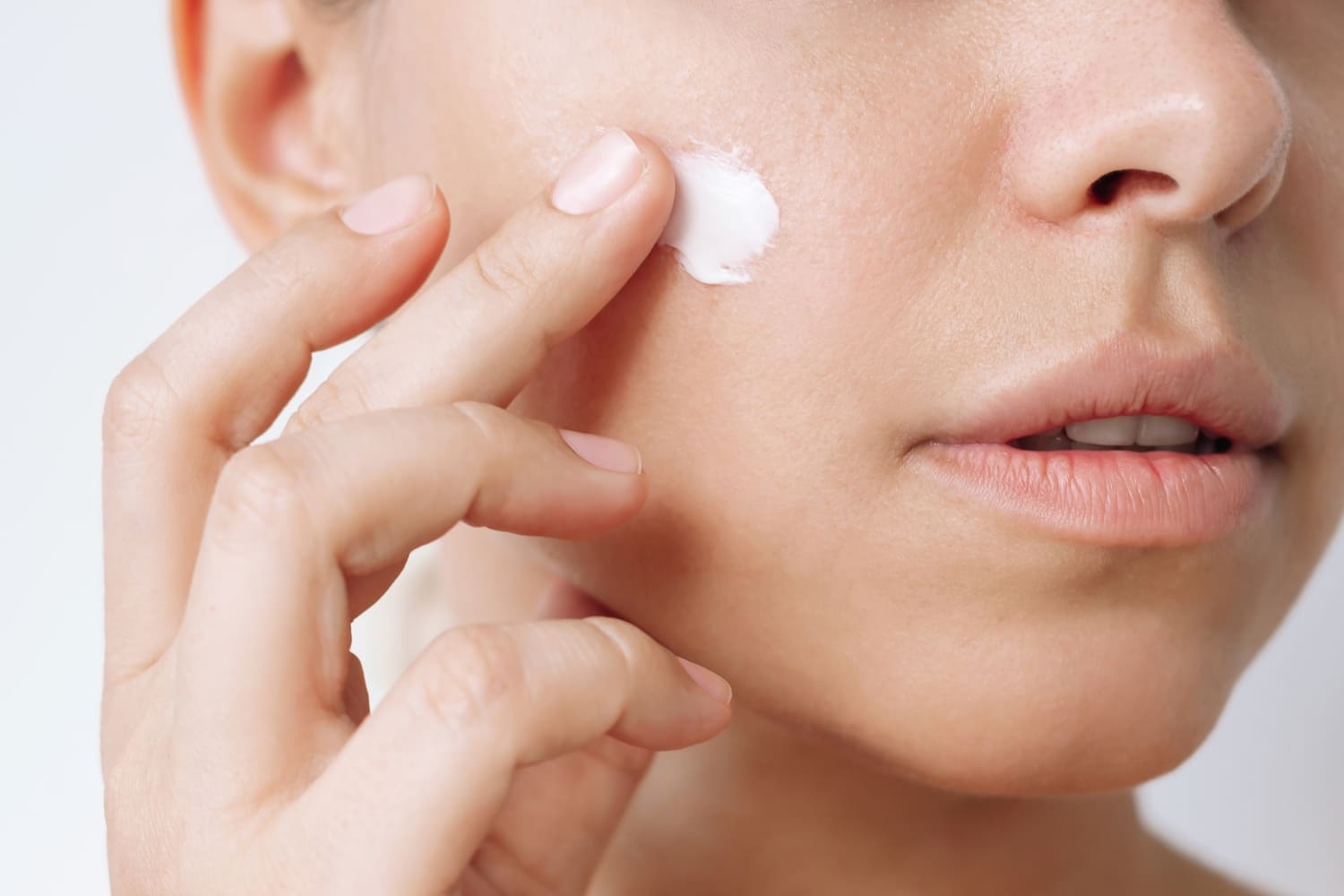Although direct exposure to the sun is essential for our bodies to synthesize vitamin D, which is necessary for strengthening bones and muscles, it is important to protect your skin from the sun when you are going to be exposed to it for more than 8 to 15 minutes. This is because prolonged ultraviolet radiation promotes premature aging of the skin, dehydration, and sunspots.
How to protect your skin
To keep your skin healthy and radiant, and thus prevent long-term problems, it is essential to know how to protect it from the sun. Here are some tips on how to do this!
- Use sunscreen every day. Using sunscreen is essential to protect your skin from harmful ultraviolet (UV) rays. Apply a broad-spectrum sunscreen with a sun protection factor (SPF) of at least 30. Don’t forget to apply it to all exposed areas, including your ears, neck, and the backs of your hands.
- Wear wide-brimmed hats and caps. Wearing accessories that cover your face is another way to protect your skin from the harmful effects of the sun.
- Wear sunglasses. Wearing sunglasses that block UVA and UVB rays protects your eyes and the delicate skin around them.
- Maintain a proper skin care routine. Include skin care products with antioxidants such as vitamins C and E in your routine. These can neutralize the free radicals generated by sun exposure.
- Hydrate inside and out. Sun exposure can dehydrate the skin. So drink enough water to keep your skin hydrated from the inside out and use moisturizers to maintain your skin’s moisture barrier.
- Avoid tanning beds. These cosmetic treatments also emit ultraviolet (UV) radiation that is harmful to the skin. It is best to avoid them and instead use other techniques that help protect your skin from the sun, such as self-tanners.
- Avoid hours of intense radiation. Avoid the sun during the most harmful hours of the day, especially between 1:00 p.m. and 3:00 p.m.
- Self-examination. Performing regular skin self-exams and consulting a dermatologist about any suspicious changes can improve the prognosis of sun-related skin problems.
Types of sun damage
Exposure to the sun without adequate protection can cause different types of skin damage. This damage can range from temporary and reversible damage to chronic and potentially fatal problems.
- Carcinomas. These are the most common skin tumors. They are usually reddish spots on the skin that can flake and bleed.
- Melanomas. Lesions caused by sun exposure that usually follow the ABCDE rule:
- A: Asymmetry
- B: Irregular borders, which may have spikes
- C: Non-homogeneous color, which can range from a darker to a lighter shade
- D: Diameter greater than 6 mm.
- E: Evolution. Over time, these lesions change in appearance, size, color, and thickness.
- Age spots or solar lentigines. This is another type of skin lesion that appears due to sun exposure. In this case, they are benign spots that usually appear mainly on the face, neckline, and hands.
The sun has its benefits
Although we often focus on the negative aspects of the sun on the skin, the truth is that the sun also has interesting benefits for our health and well-being. For example, direct sun exposure, not exceeding fifteen minutes a day, helps improve sleep quality and makes our mood more positive.
Another benefit of the sun on the skin is that solar radiation allows the production of vitamin D, which is necessary to prevent rickets and calcium metabolism.
It should be noted that protecting the skin from the sun allows us to benefit from this vitamin D synthesis, avoiding the risks associated with solar radiation.
The skin has memory
The damage caused by the sun to the skin never disappears. Instead, it accumulates over time. This is why it is even more important to protect and repair your skin from the sun from an early age, and to continue doing so consistently, every day, not just in summer.
At Toskani, we work with the most innovative solutions and products to help protect your skin from the sun and other environmental factors. Find out more at your nearest Toskani center!










